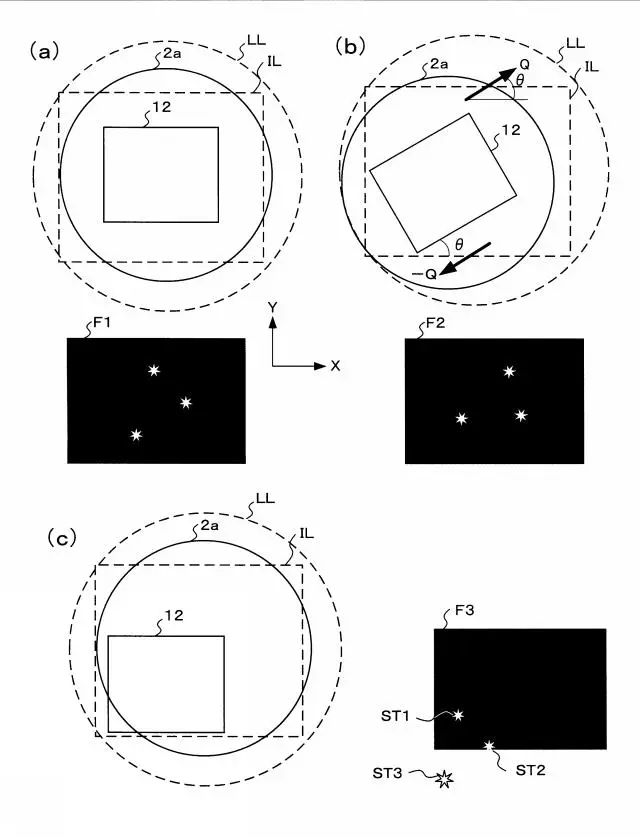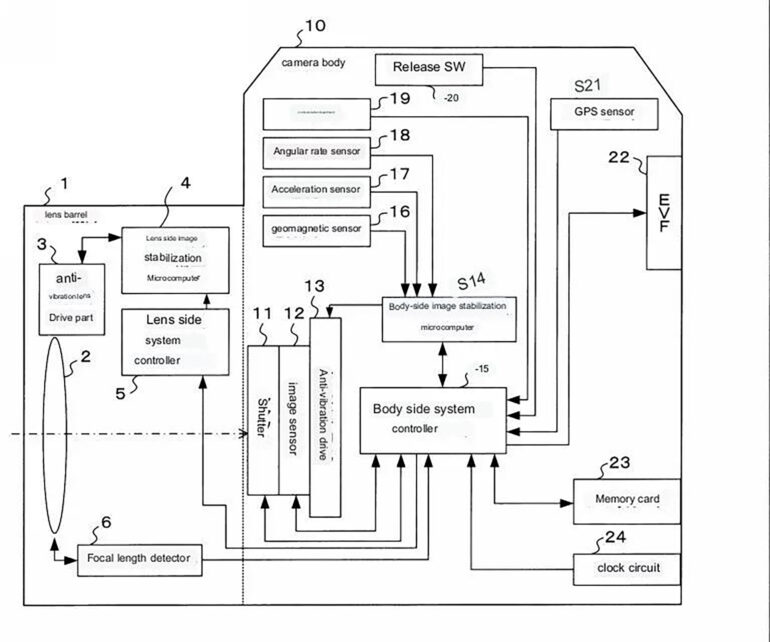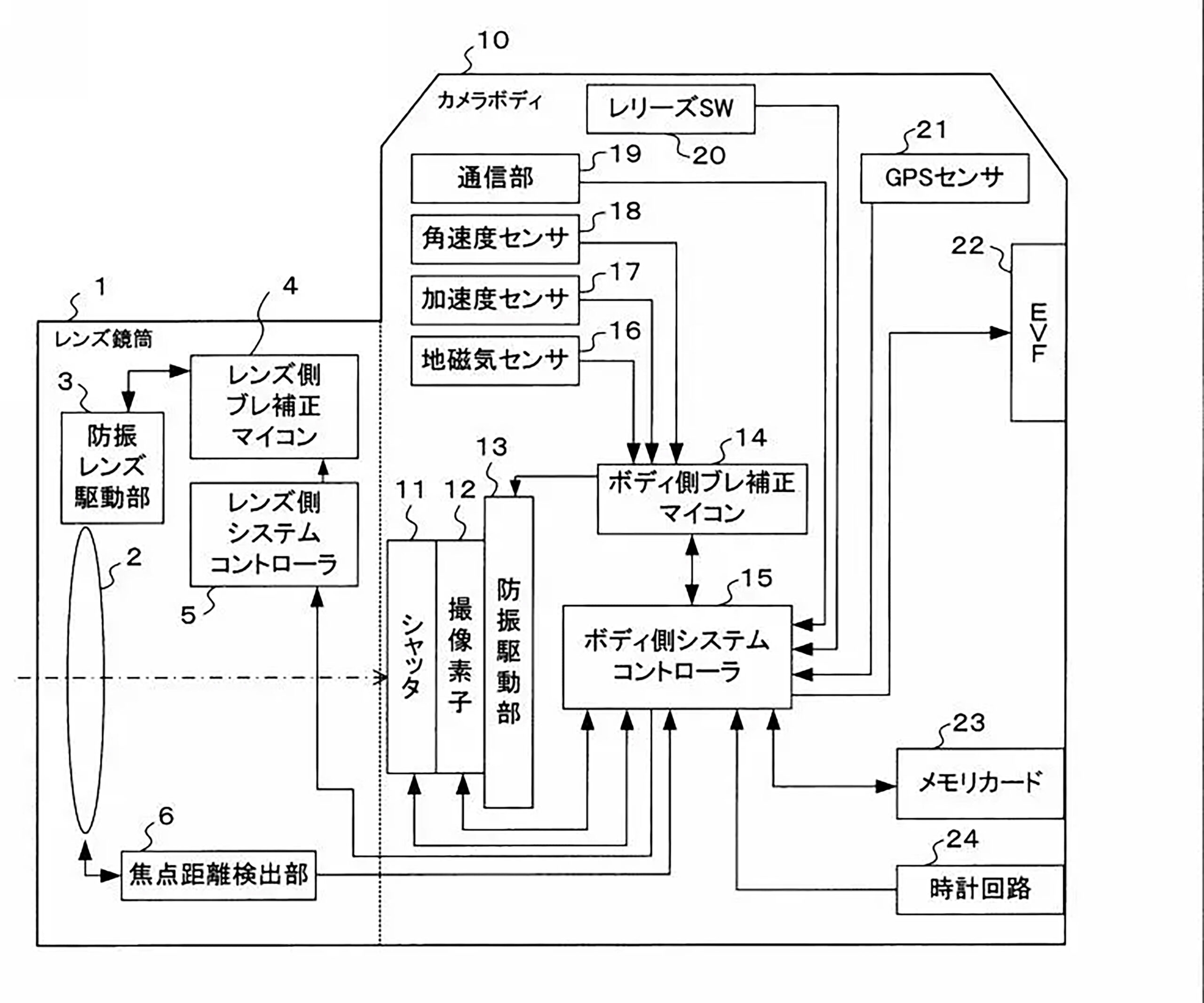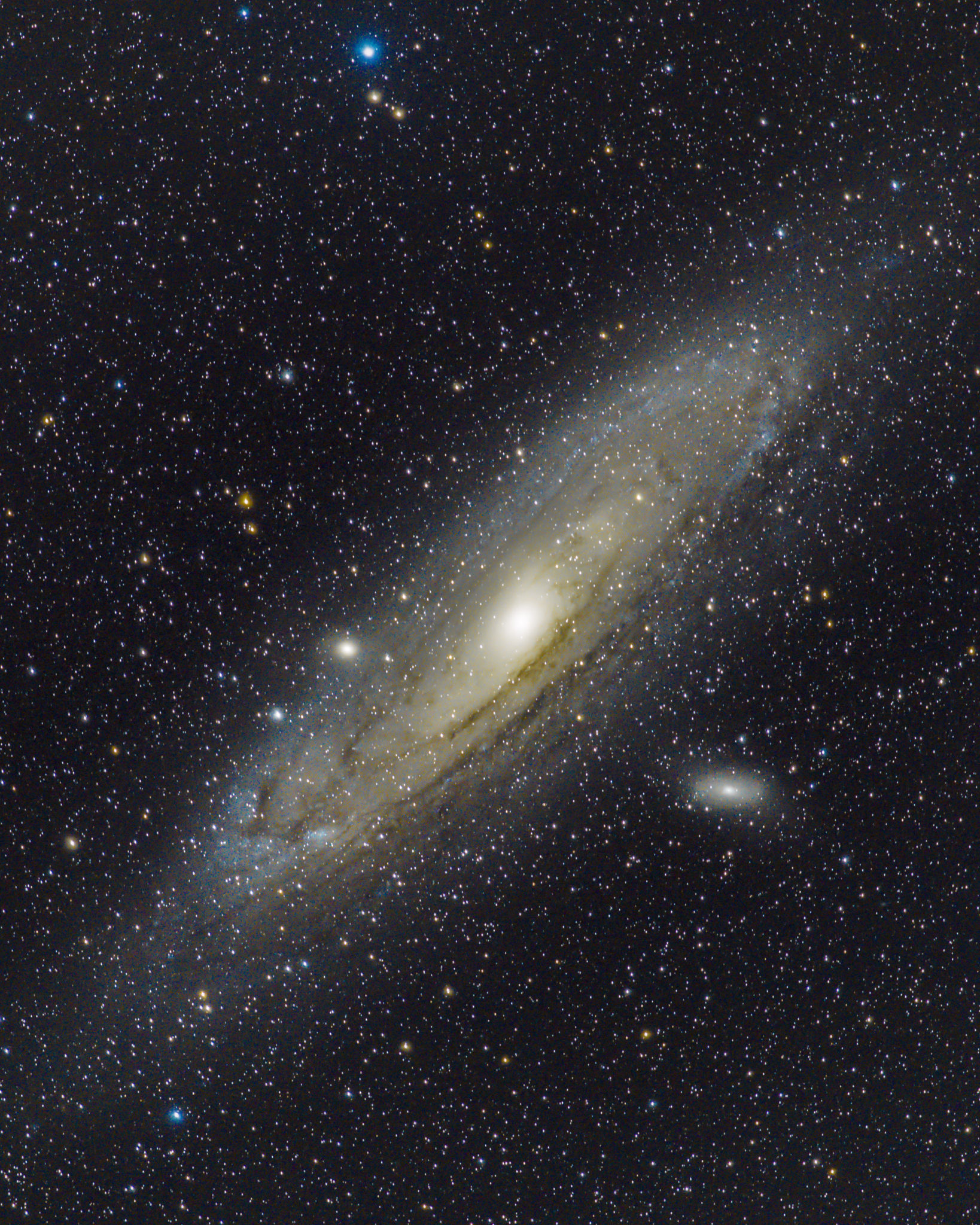According to a news report, OM Digital could be working on some technology explicitly aimed at astrophotographers. The image stabilization technology in their cameras is already world-class. With their latest patent, they just might take your astrophotography to another level.
OM Digital might be among the more quiet camera manufacturers when it comes to beating a drum about their achievements. But we really enjoy reviewing their cameras. We’ve often spoken about how their designs set our hearts racing every time we see them. I think we’ve written time and time again about how they keep proving that micro 4/3 cameras can’t be dismissed. The in-camera stabilization is so ridiculously good that Chris took a 15-second exposure image with their OMD EM1 MkII. And Live ND is still a feature that no brand other than OM Digital seems to have embraced yet.
Table of Contents
A Common Problem During Astrophotography

As wide an aperture as your lens may have, doing astrophotography often needs you to use very slow shutter speeds. These can easily go beyond 30 seconds, depending on the dark skies. Star trails are often a byproduct of long exposures in night sky photography. In our astrophotography basics article, we advocated the use of the 500 Rule to help avoid them.
The 500 rule dictates how long your shutter speed can be in relation to the focal length of your lens. Divide 500 by the focal length, and you’ll get your maximum shutter speed. This number is the longest amount of time you can shoot before you start to get star trails. For example, if you have a 14mm lens, your max shutter speed would be 35.7 seconds (500/14).
Depending on how dark it is where you are, the low light capabilities of your camera sensor, and the lens settings you use, you might need to open your camera’s shutter for a very long period of time. When this happens, chances are that the shiny stars start streaking in the resulting images, producing star trails like those seen above. One of the best ways to ensure this doesn’t happen is to use a star tracker system. These dedicated units sit under your camera on the tripod. Once calibrated, they are built to move in the opposite direction to the earth’s rotation at the same pace. Think of it as the movements of the camera and the skies canceling each other out.
You get much clearer and sharper photos, with the stars looking perfectly crisp in images taken with such trackers. But such devices can be bulky and expensive, which deters many astrophotography enthusiasts from investing in them.
Celestial Tracking Patent By OM Digital
Astrophotography features are already quite exceptional in many OM Digital cameras. Heard of their Starry Sky AF? It’s a feature that allows your camera to nail focus on stars a lot more accurately. A new patent they filed looks like it can give you even more exceptional images of the stars and night skies. Applied for in 2019, this patent was granted to them on July 6 this year.

While the patent itself doesn’t disclose much in the way of the mechanism required to achieve this, it appears to be one for allowing in-camera tracking of stars and celestial bodies. This would negate the need for any dedicated astro tracker add-on unit. It looks to be a two-part control system, with one tracking module being a part of the camera and another being inside the lens. According to the image, the vibration isolation mechanism in the camera looks to be used for canceling the earth’s rotational motion. The image stabilization in the lens would be used for horizontal and vertical stabilization. However, this would mean no existing OM Digital lens could be used with such a camera.
An Increase In Size?

Despite the punch their cameras pack, OM Digital models are somewhat petite in design and form factor. This begs the question – would adding such a star-tracking mechanism lead to a noticeable increase in size and weight? Granted, this kind of a camera would be super specialized and probably aimed purely towards astrophotography professionals. But when you buy into a system and brand, mainly because of how small and light their cameras as, would extra bulk put you off from investing in one of these unique cameras? Even a lens designed for this tracking system could possibly be larger than the typical wide-angle lenses we see from them.
They Might Not Be The First
Believe it or not, Pentax actually appears to be the first camera manufacturer to introduce such a system in their camera lineup. The Astrotracer was billed as a “celestial-tracking photographic function which couples the camera’s built-in Shake Reduction (SR) mechanism with GPS data.”
This design by Pentax is referenced in the OM Digital patent, which notes that Pentax had equipped specific cameras with such star-tracking mechanisms but also mentions that they hadn’t any large-aperture lenses with this built-in.
Why Were Other Brands Avoiding This
Canon has the EOS Ra, and Nikon came out with a D810A. Both these models were intended to entice astrophotography professionals to invest in their respective systems. But aside from these two, I can’t really see any other camera models with dedicated sensors helping you capture the stars and galaxies more clearly. When so many landscape photographers love to train their cameras at the night sky, you have to wonder why other brands like Fuji and Sony haven’t invested more unique tech in this genre (aside from releasing ultra-wide, fast lenses). Is the technology to do something like this too expensive to invest R&D in? Or is astrophotography still a tiny percentage of the overall target audience of these brands?
In The Meantime
Until such time as we hear more about this patent, if you’d like to try out some astrophotography, head over to our Astrophotography Basics article for some tips.
The lead image in this article is from the 4/3 Rumors page



